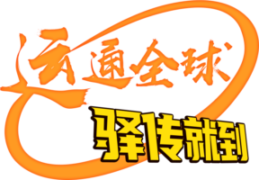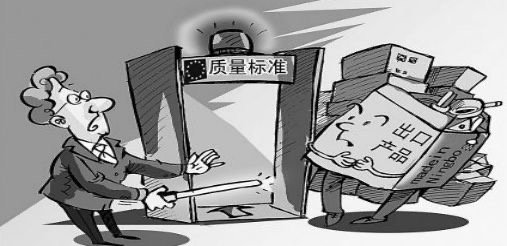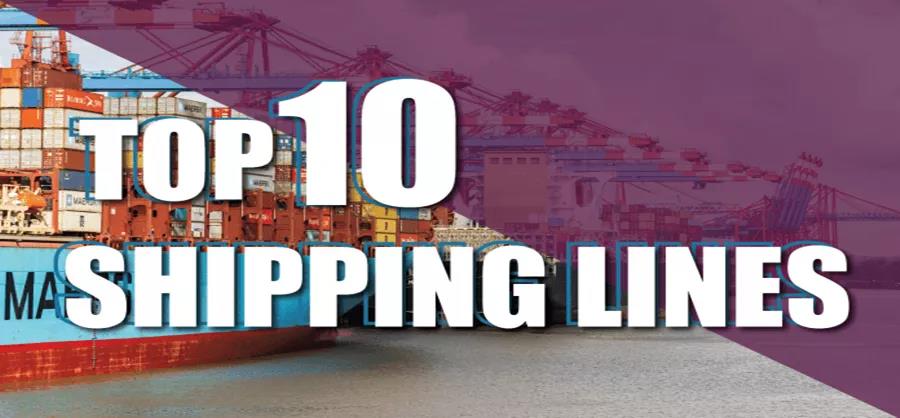There are two methods of entry for general export goods returns.
1、 Duty-free Returned Imports
According to Article 57 of the General Administration of Customs Decree No. 124 “Administrative Measures of the Customs of the People’s Republic of China on the Taxation of Import and Export Goods”, if the exported goods are returned in their original condition and re-imported into the People’s Republic of China within one year from the date of export release due to quality or specifications, the taxpayer shall submit relevant documents and supporting evidence in accordance with the regulations when handling import declaration procedures. After confirmation by the Customs, the original exported goods re-imported shall not be subject to import tariffs and customs duties on behalf of the importers.
2、Tax return import
Anything other than exemptions is subject to taxation, import duties and VAT.
ii. The scope of application of duty-free return imports
1. The reason for general return of exported goods – “for quality or specification reasons”.
2. Application period – “within 1 year from the date of export release of the exported goods”.
3、Application requirements – “in-situ re-shipment into the country”
iii. Returning the shipment will have some impact, so how to minimize or even eliminate the impact of.
1、Will it affect my company if I want to declare my return to customs?
This is, as long as you declare truthfully, operate normally, and do not conceal any related matters, there is generally no impact.
2、Can I return the shipment if I want to avoid paying tax?
There are customs requirements for this, not all of which can be returned duty free.
3、How to return the customs declaration without unqualified test report?
The inspection report generally wants the original provided by a foreign third-party agency, and if the quality issues oh.
Many cases are not available abroad, or foreign countries are not willing to cooperate.
4, whether the domestic test report can be issued unqualified?
Yes, but the cost is not low and the time is relatively long.
5、What are the fees for return customs declarations?
Return shipments are more difficult than general trade, and the fees are relatively high, depending on the specific circumstances of the shipment.
Of course, there are now places where you can return your shipment for repair, and this is also something to consider.
IV. Export Returned Bonded Warehouse Repair Methods and Steps (Take Shenzhen Free Trade Zone as an Example)
1. The traditional return to factory procedure is very cumbersome: first, you have to provide customs with foreign certificates of non-conformity, pay a deposit, and submit all the original export declaration and commodity inspection documents, etc. There is also the risk that a customs audit can take as fast as one month, resulting in expensive terminal fees. If the customs audit fails, the goods will need to be reapplied for or returned to the foreign country, and in some cases it may take up to six months to return the goods to the factory, while the return of the goods will result in a bad customs reputation and record.
2. with the help of the customs inspection and maintenance center in Shenzhen for after-sales maintenance: no complicated return procedures, only packing list, pro forma invoice and customs declaration, no original documents; no need to apply to the customs return cargo agreement, no Chinese inspection, no deposit program.
Process: The factory sends the goods to the inspection and maintenance bonded warehouse via Hong Kong wharf (or from Yantian wharf for customs transit), the factory arranges technicians, parts and inspection equipment to the warehouse for maintenance, change the packaging, and then send the goods directly to Hong Kong wharf or Yantian wharf for export.
Compared to the traditional way of handling return shipments, the advantages and disadvantages are as follows.
(1) There is no need to go through complicated return procedures, no need to apply to Customs to return the goods, no need to pay a deposit. No need to pay a deposit. Just submit a return manifest for the record.
(2) Simplify complex issues, saving time and cost. Especially, it takes only 3 hours from Hong Kong wharf to inspection bonded area (only need to play EDI order to enter the area).
Policy Analysis: Shenzhen Inspection and Repair Center in the customs, foreign goods free to enter and exit the bonded zone.
Five. The advantages of the bonded warehouse maintenance program are as follows.
1. Simple procedures. No complicated return procedures, no need to apply to customs for the return of goods, no need to pay a deposit.
2、Convenient transportation. Significant savings in time and cost, especially from the Hong Kong dock to pick up goods to the Shenzhen Export Processing Zone (into the zone only need to play the record sheet). Maintenance cost is one third of Hong Kong.
3、No negative impact. Because the inspection and maintenance service is specially approved by the customs and the government in order to effectively solve the logistics problems of enterprises, and the processing location is separated from the bonded area and the general area, so the links in the, industry and commerce, foreign exchange, etc. are omitted, so there is no negative impact.
VI. Notes on Export Return for Repair.
1. the brand and model are declared for the record.
2、Declare the new and old accurately, such as no declaration of several percent of the new and old, the system default to new goods.
3、No brand or model change is allowed in the bonded area.
4. Not deep processing, only simple processing.
5、In principle, scrap, defective products, waste, etc. are to be disposed of out of Hong Kong and shall not be imported.
VII. Returned goods in the bonded area shall follow six principles of exemption: exemption of deposit, exemption of inspection report, exemption of return shipment report, exemption of 3C, exemption of duty free, and exemption of other customs declarations.
1、Original Export Declarations
2、Original export packing list, invoice, contract
3. Agreement between the consignee and the consignor on the return of goods
4、Enterprise instructions on the return of goods
5. Returned customs declarations, invoices, and contracts.





